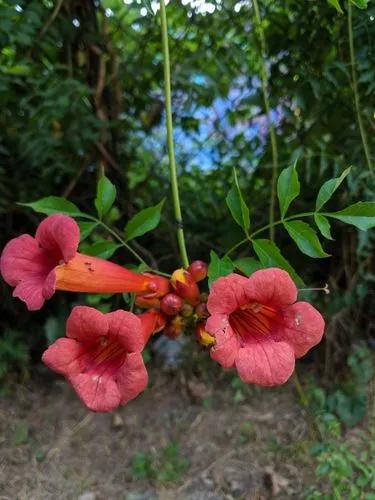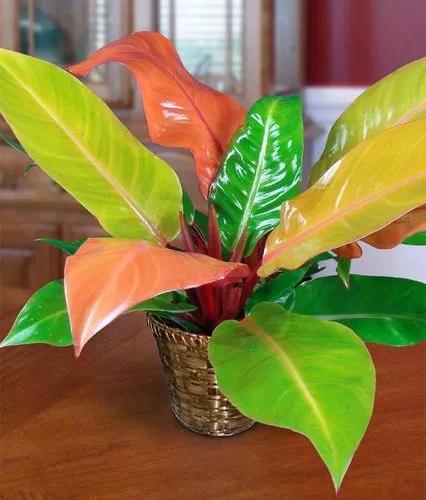Hedera helix, the common ivy, is a species of flowering plant of the ivy genus in the family Araliaceae, native to most of Europe and western Asia. A rampant, clinging evergreen vine, it is a familiar sight in gardens, waste spaces, and wild areas, where it grows on walls, fences, tree trunks, etc. across its native and introduced habitats. As a result of its hardy nature, and its tendency to grow readily without human assistance, English ivy attained popularity as an ornamental plant, but escaped plants have become naturalised outside its native range and grow unchecked in myriad wild and cultivated areas.
The Common Ivy Care
Hedera Helix 'Wonder’
Other names: Ivy 'wonder', Hedera Helix 'green Wonder'



Invasive in California and the northwestern United States.
How to Care for the Plant

Water

When watering your ivy, always check the soil before adding water. Ivies prefer to be kept slightly on the dry side, so let the soil dry out some (dry to the touch on top) before you water your ivy plant again. Also, make sure that your plant has excellent drainage, as ivy does not like to be in standing water or overly wet soil.

Pruning

Pruning ivy indoors prevents the plant from becoming long and leggy. Simply pinch or snap the vine with your fingers just above a leaf, or prune the plant with clippers or scissors. Although you can discard the cuttings, you can also use them to propagate a new plant.

Fertilizer

Caring for ivy plants should also include regular fertilizing. Fertilize your ivy about once a month in the spring, summer and fall with a water soluble, nitrogen-rich fertilizer. Do not fertilize in the winter, as this is the ivy’s dormant period and the fertilizer may do more harm than good at this time.

Sunlight

Most cultivars of ivy grow best in bright light, but not direct sun. They tolerate low to medium light, but growth is reduced and variegated forms may turn all green. To maintain the bright color of a variegated ivy, give it plenty of light.

Soil

A good, rich commercial houseplant potting mix will be fine for ivy.

Temperature

Ivies benefit from good air circulation, and they should not be crowded. Ivies do well at cool to moderate room temperatures of 50 to 70 °F during the day and about 5 to 10 °F lower at night.

Container

They should be planted in a container with good drainage.

Popularity

219 people already have this plant 46 people have added this plant to their wishlists
Discover more plants with the list below
Popular articles






